What Is A Stall Converter And How Does It Work
Stalling is when the torque converter locks up during a load. Most of us enjoy the smooth and effortless feeling of driving in an automatic transmission car.
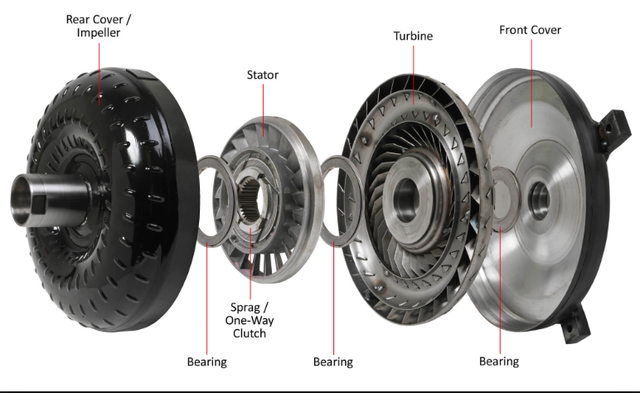
How Do I Know If I Have A Bad Torque Converter
Inside the donut-shaped housing is an impeller which is driven by the engine.
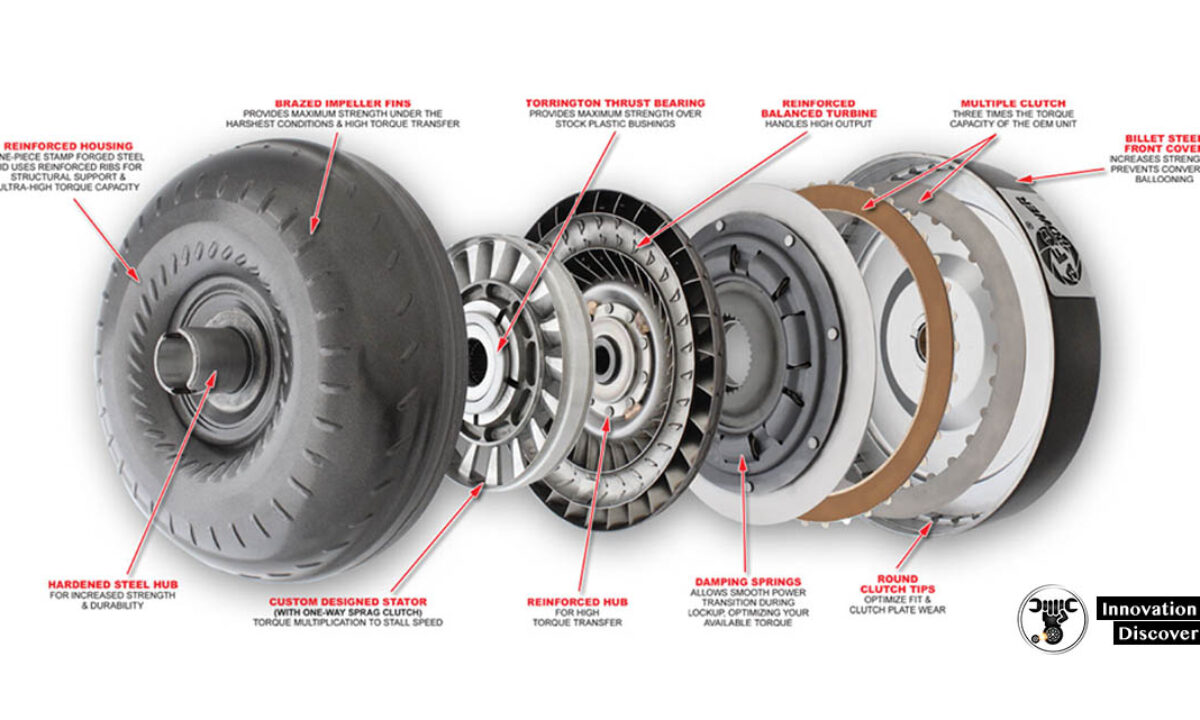
What is a stall converter and how does it work. The waterwheel is driven by fluid in motion. The driving is effortless because you dont need to worry abo. A Stall on the converter does exactly what it says it stalls the coverter to only work above a certain rpm.
Normally a high stall converter will be able to make enough heat to destroy a transmission if you are holding the line too long at full RPM if the stall speed is higher than 3500RPM. Think of a torque converter like a water wheel in an old saw mill. To understand how a torque converter works start by picturing two fans sitting face-to-face.
With that if you take a car with a 2500 RPM stall converter and you hold your foot on the brake hard and hit the gas at the same time as if you were going to power brake the general RPM in which the tires will break loose is at about 2500 RPM. A torque converter works on the same principlea fluid coupling or clutch that slips when the vehicle is stopped and transfers power as engine RPM increases and gets fluid moving. In the real world the torque converters stall speed roughly equates to the clutch engagement point on a manual transmission.
The reason a stall converter works is simple. Stall speed is the speed at which the converter holds back or limits the engine speed if the transmission output is prohibited. A very high stall converter greater than 3000 RPM would.
How does the stall converter work. Your vehicle will begin to roll normally and acceleration will be favorably influenced when high stall speed converters are used. One fan the impeller is powered because its connected to the engine.
The stall converter enables a vehicle to use its torque curve for launching off the line stronger and better compared to a vehicle with a lower stall. In other words stall speed is the engine RPM at which the torque converter transfers the power of the engine to the transmission. An engine at 1200 RPM is only making about 80 or so horsepower on average but at 2500 RPM it could be making 150 to 200 HP and obviously trying to get a car moving using 150-200 HP is going to be much easier than one trying to launch at 80 HP or so.
Generally speaking your normal driving is not adversely affected by converters with stall speeds up to 3000 RPM. By raising the stall speed or slippage a performance torque converter raises engine rpm at launch which increases power at launch. For example if an engine makes 100 lb-ft of torque at 1500 rpm and 175 lb-ft at 2500 which would you rather have.
The stall speed is a complex thing. Stall converter question wassup guyz I have 72 nova 350 350 trans with shift kit and 2500 stall converter. The other key component inside a torque converter is the stator.
The impellers vanes create centrifugal force by pumping transmission fluid toward the outside of housing. Plus the higher the stall speed the more heat the converter will make with hydraulic fluid inside of the converter. How does a torque converter work.
Lets explain this a bit better. A torque converter is a fluid pump of sorts. I jus had it out about a hour ago and i wanted to see what the car could do i spin tha tires and took off.
Its derived using the Mue of the torque converter and the engine torque curve. Basically stall means when the torque converter locks-up under a load. Like a 1500rmp stall converter will not spin your transmission untyill you rev past 1500rpms thus you start at a higer rmp boosting your speed.
When your torque converter prevents the power transfer from your engine to your transmission it increases the engines RPM stalls. Torque Converter Stall Speed and Driving. For instance if you have a car that has a 2500 RPM stall converter and then you hold both gas and brake at the same time like you were going to power brake then general RPM that the tires will break loose at.
The basic purpose of installing a modified torque converter is to allow the engine RPM to increase to where the engine is making greater power before driving the wheels thus allowing the vehicle to accelerate from a standing start much quicker. Basically what it tells you is how fast the engine input side of the torque converter can spin while the transmission side does not. How Does a Torque Converter Work.
I had the car for only 2months now. When the plugged-in fan spins the other fan rotates. For the stator to properly function the sprag a mechanical one-way clutch mounted on bearing races must hold the stator in place while the converter is in stall mode at engine idle and then allow the stator to spin with the rest of the converter after the turbine speed approaches the pump speed as engine RPM increase.
The other fan the turbine is not plugged in because its connected to the transmission.
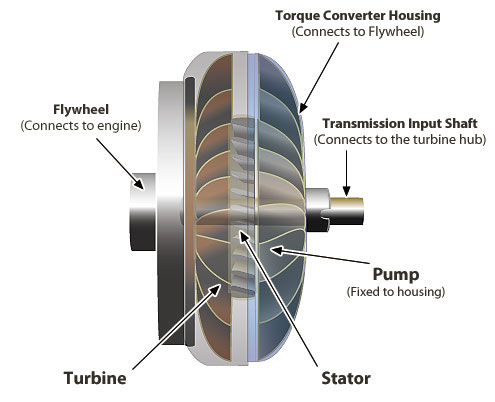
Understanding Torque Converters Banks Power
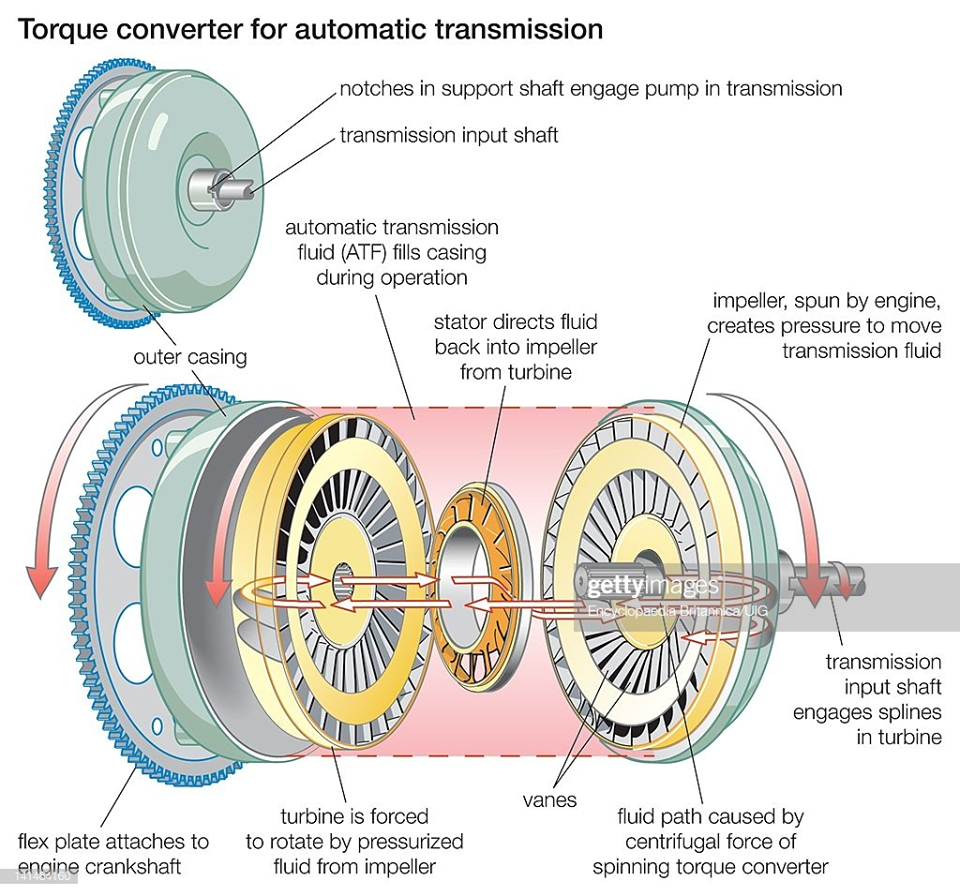
Torque Converter Functions Parts Working Principles And Types Ingenieria Y Mecanica Automotriz

Torque Converter Functions Parts Working Principles
Torque Converter Faqs What Is Stall Speed How Does A Tc Operate And Other Common Questions Onallcylinders

What Can A High Stall Converter Do For You
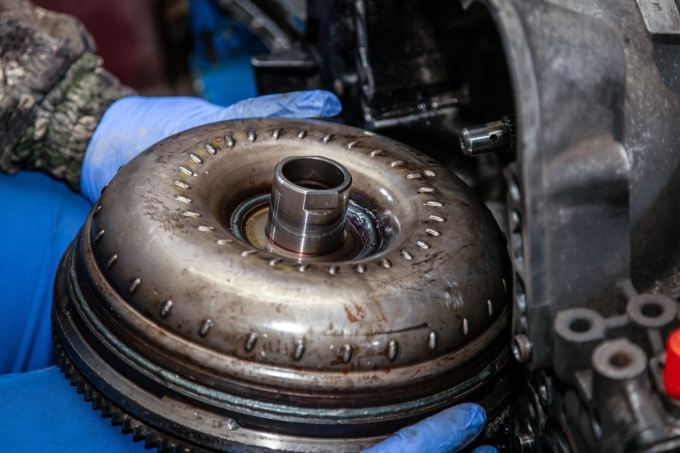
Aamco Blog What Is A Torque Converter And How Does It Function

Torque Converter Selection How To Choose The Correct Torque Converter Youtube

How To Choose A Torque Converter
What Is Torque Converter Stall Hughes Performance

How Does The Torque Converter In The Automatic Transmission Work Electric Hybrid Vehicle Repairs Youtube

What Does A High Stall Converter Do

How To Choose A Torque Converter Youtube
Torque Converter Symptoms Of Bad Torque Converter Engineering Choice

How A Torque Converter Works And What S Inside Youtube
/stories/2018/07/43527.jpg)
Understanding Torque Converters Part 1 Hemmings

How Torque Converters Work With Pictures Diagram Roadrunner Converters

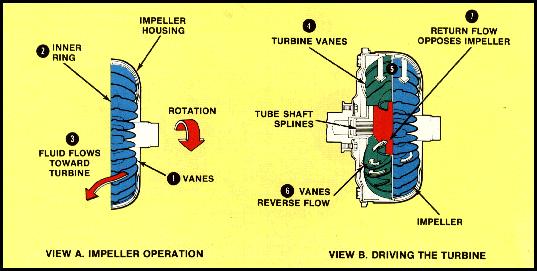
Post a Comment for "What Is A Stall Converter And How Does It Work"